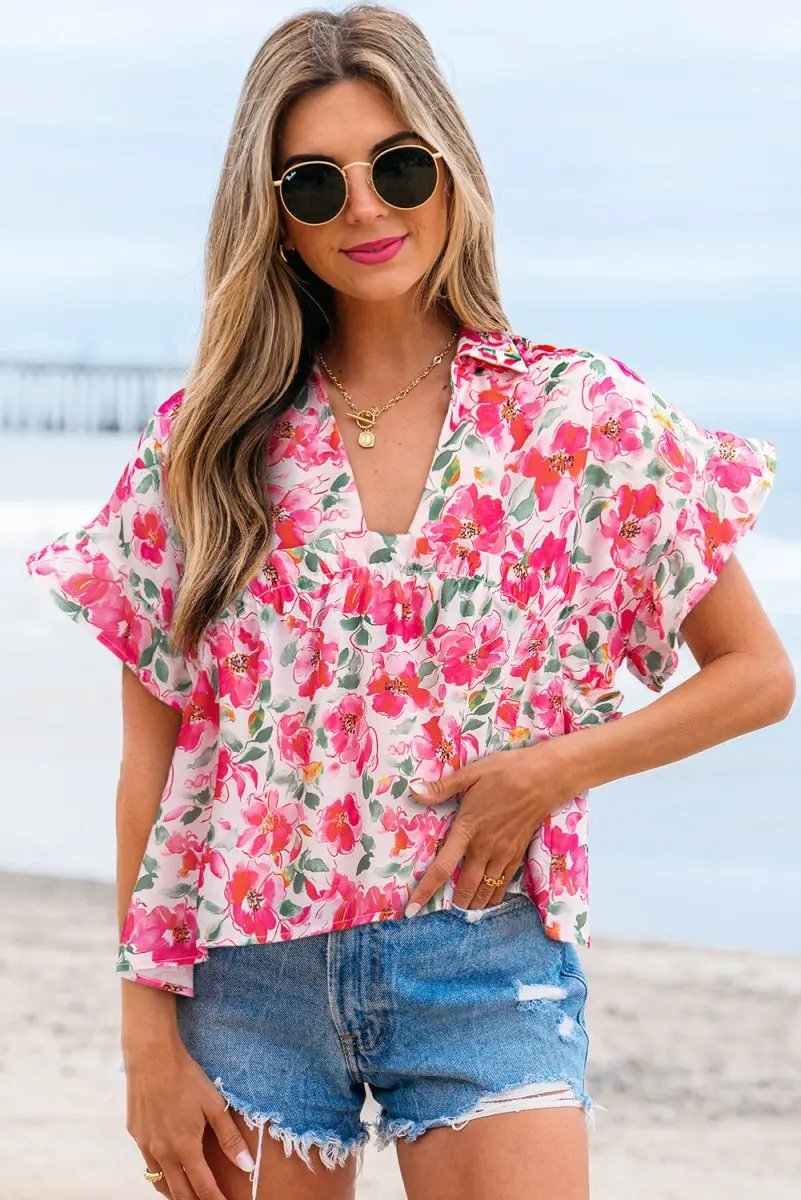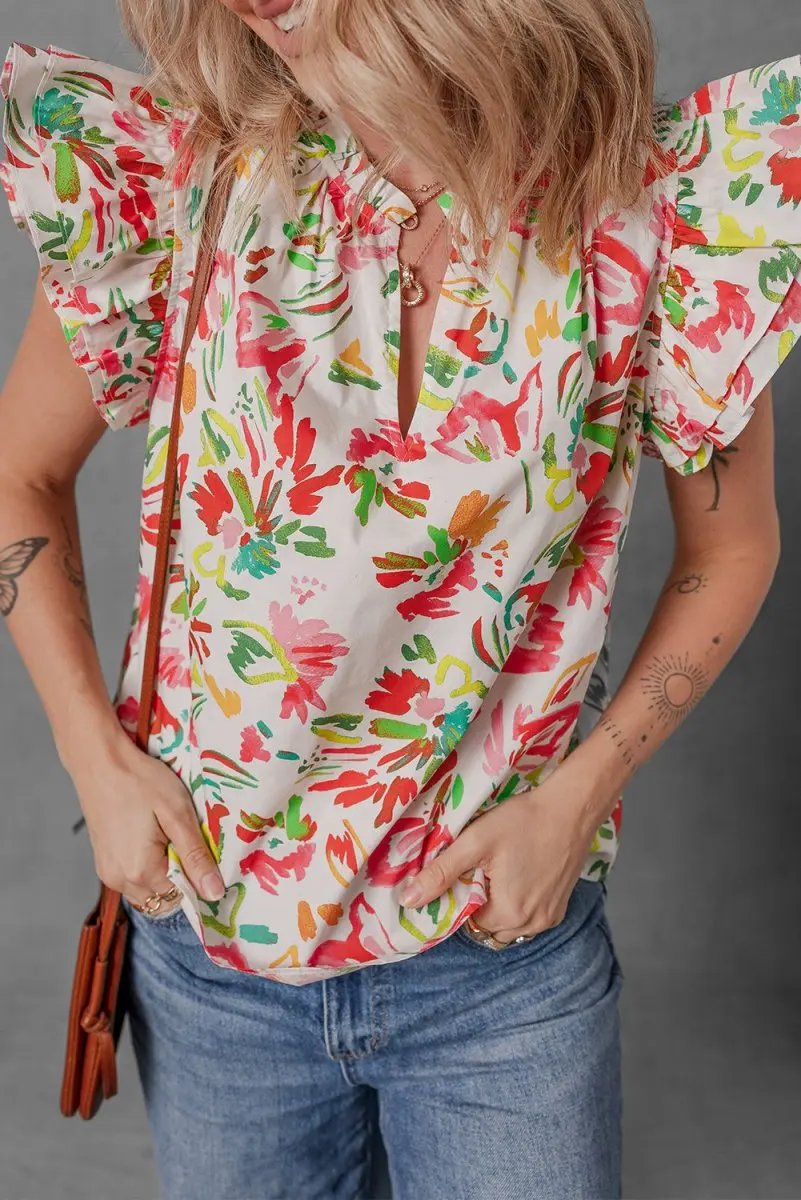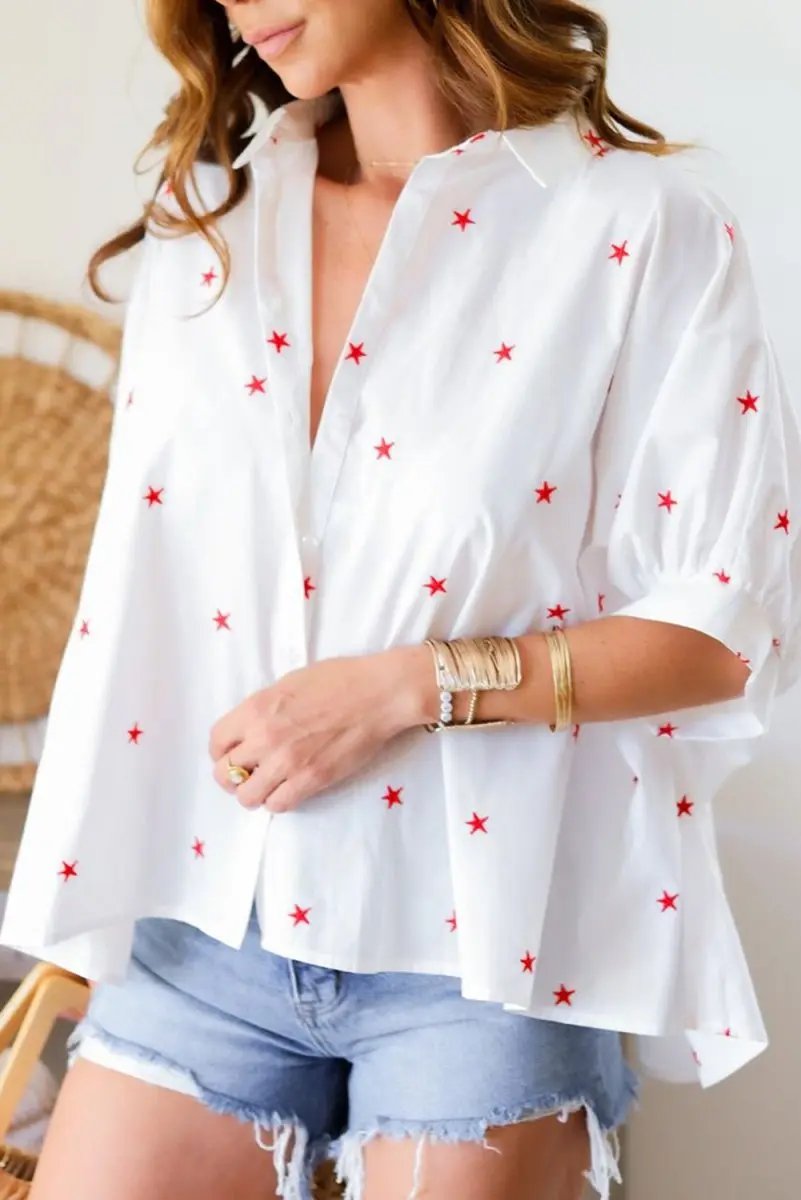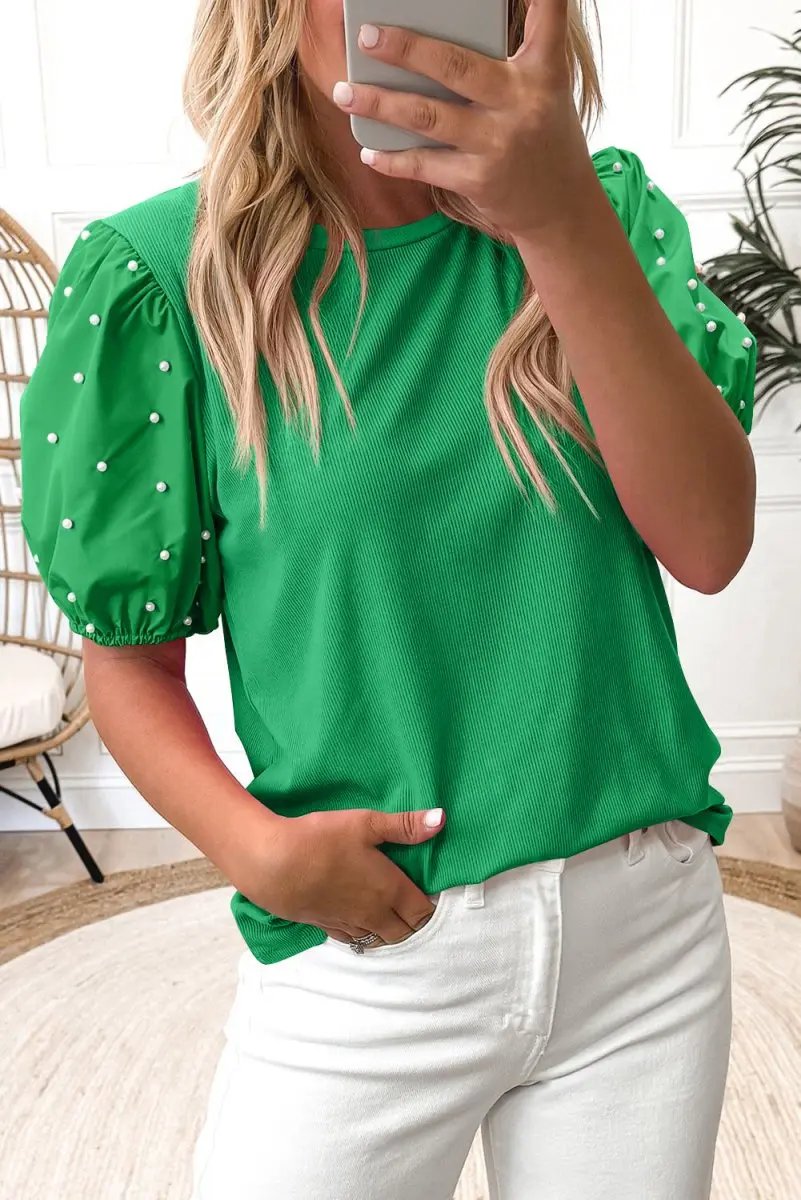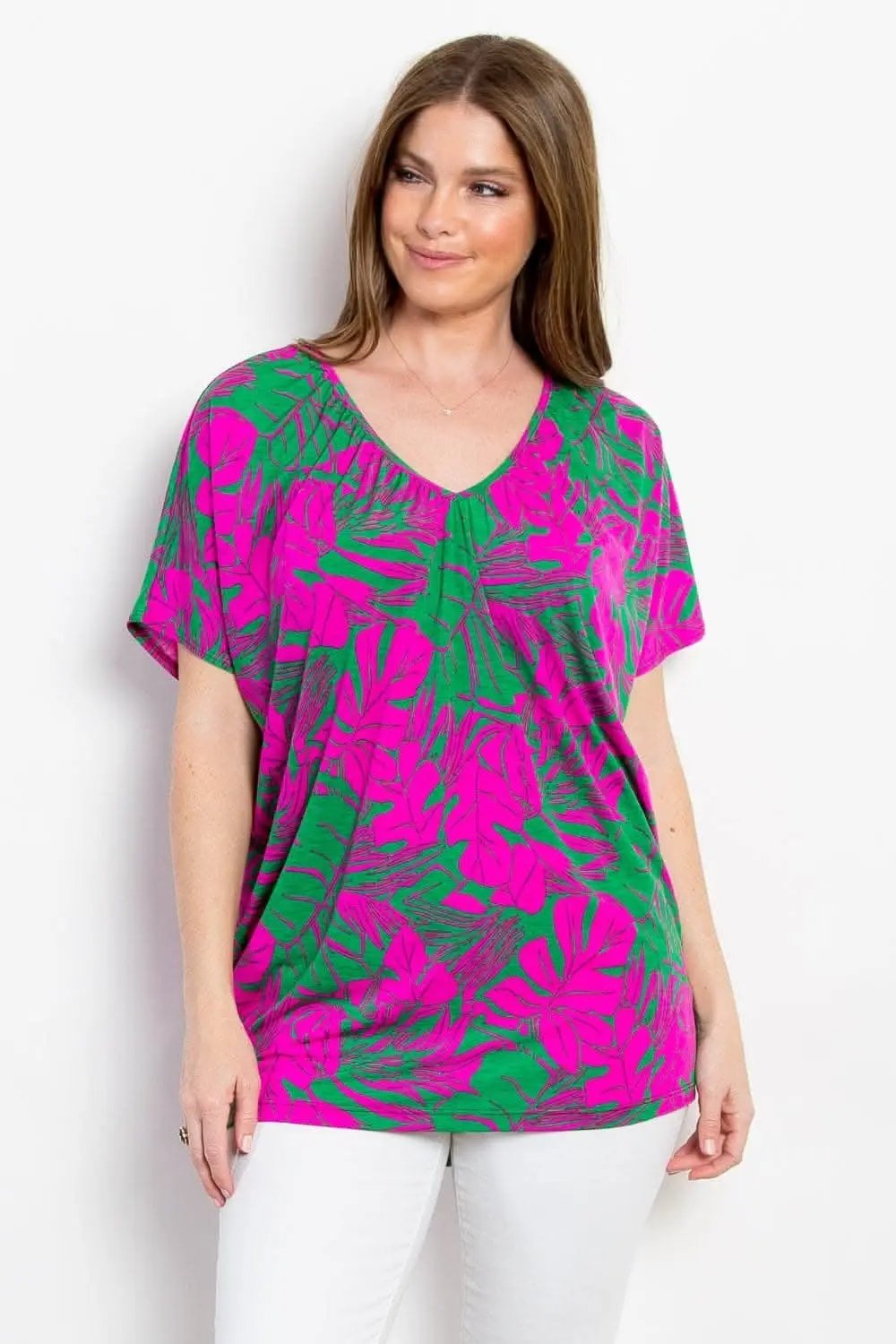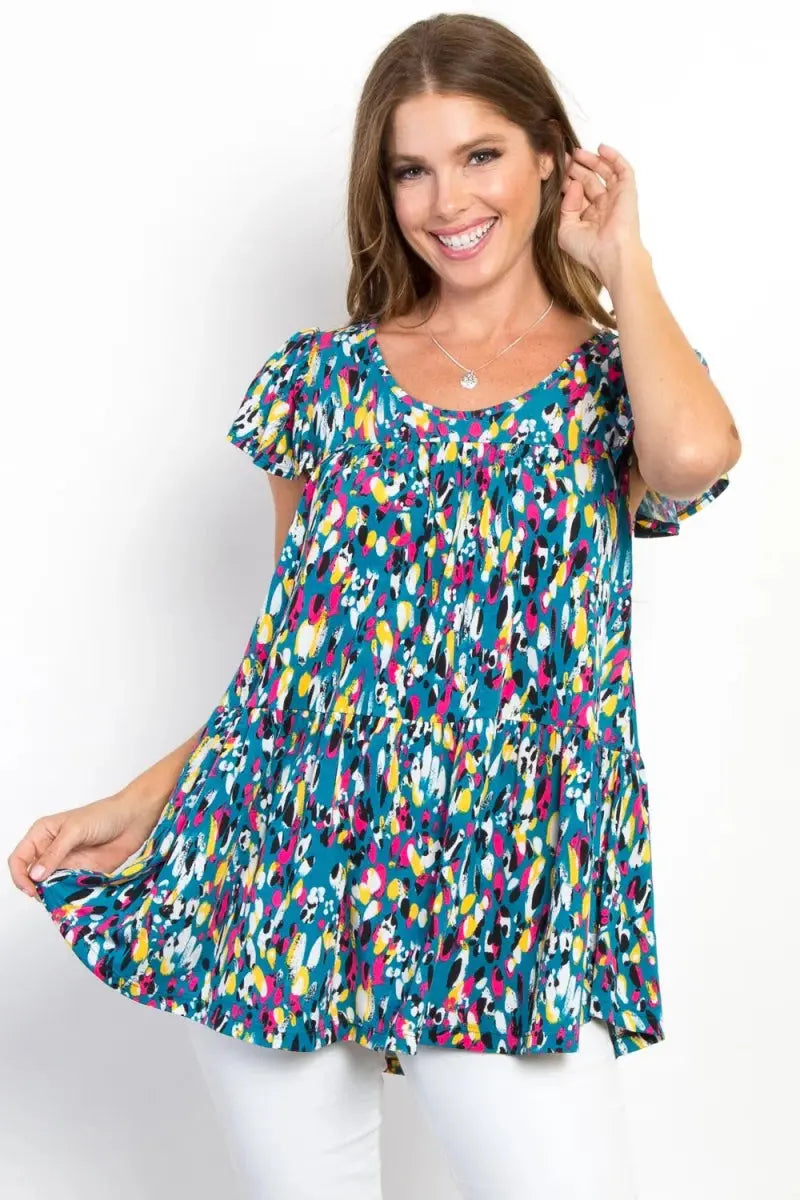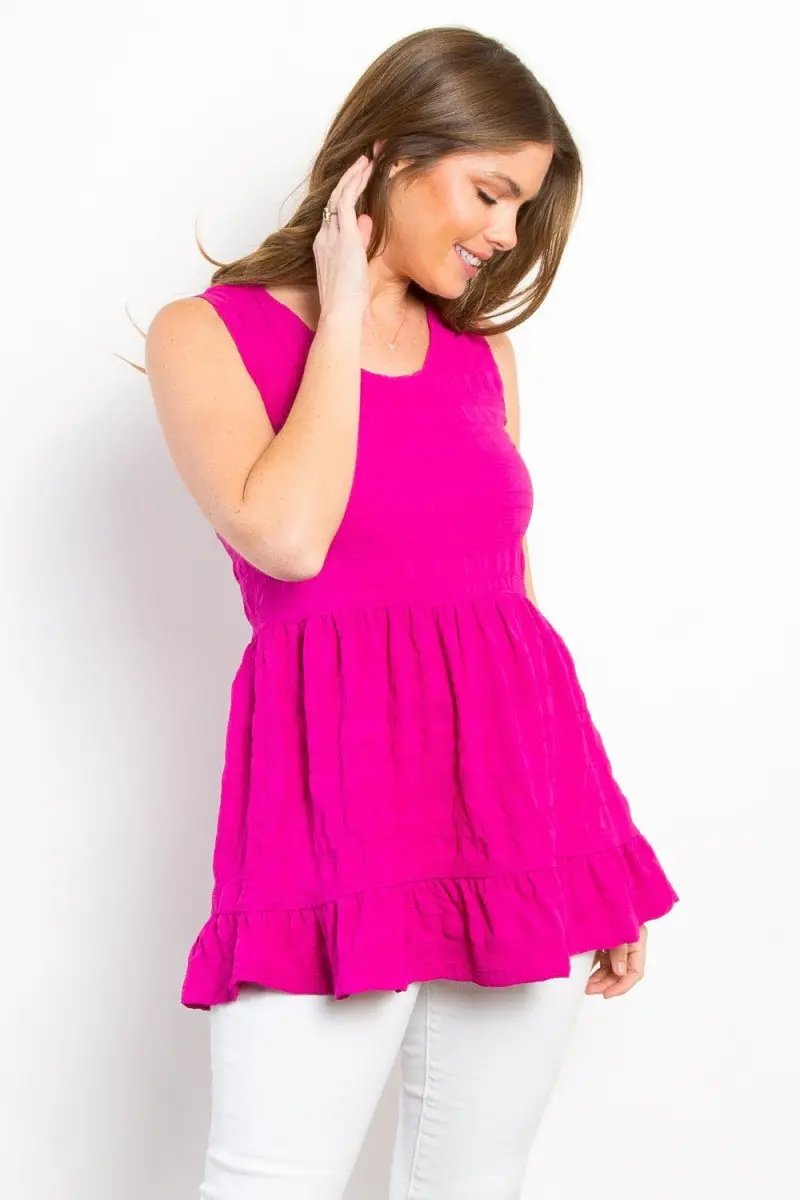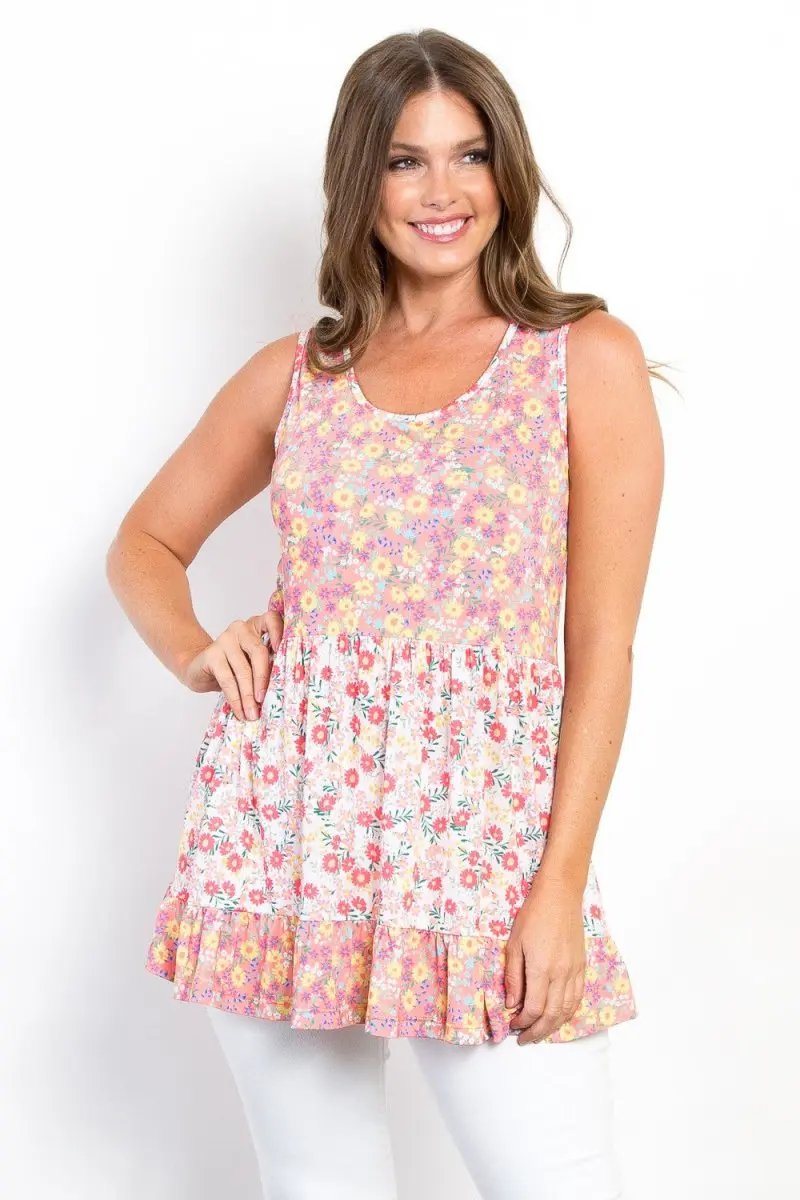Introduction: The Power of a Seasonless Plus-Size Uniform
Creating a seasonless uniform is one of the most effective ways to simplify your wardrobe, save time every morning, and shop more deliberately. For plus-size wardrobes, a seasonless approach combines flattering, functional silhouettes with fabrics and finishes that perform year-round. Using size-inclusive, sustainably minded staples from brands like Flying Tomato helps you build a reliable capsule that travels well, adapts to temperature changes, and reduces wardrobe waste.
Why a Seasonless Capsule Makes Sense
- Decision reduction — fewer choices, higher confidence. Having repeatable outfit formulas reduces decision fatigue and helps you always look intentional.
- Sustainability — fewer, better pieces. A uniform encourages investment in higher-quality items that last and get worn often.
- Adaptability — one system, many climates. Layering and fabric choices make a few core pieces wearable from cool spring days to mild winter months.
- Cost effectiveness — optimized buying. When you buy with a plan, you avoid impulse purchases and build a cohesive wardrobe.
How to Use This Guide
This article expands each of the seven outfit formulas into multiple variations, offers fit and tailoring advice, explains fabric choices, and gives practical shopping and care tips. Treat each formula as a template you can repeat with different colors, textures, and accessories. At the end you will find sample capsule lists, a 30-day outfit matrix, and frequently asked questions to help you implement the system.
Core Principles for a Seasonless Plus-Size Uniform
- Choose a base palette of three neutrals and one or two accent colors — neutrals provide maximum mixing power and accents add personality.
- Prioritize fabrics that breathe, drape, and wash well — organic cotton, Tencel, modal blends, recycled polyester mixes, and soft wool blends.
- Build with complementary silhouettes — one fitted piece, one drapey piece, and one structured piece in most outfits improves balance.
- Opt for adjustable details — wrap ties, elastic waistbands, belted jackets, and drawcord hems increase fit flexibility.
- Layer thoughtfully — thin baselayers can be warmed with mid layers and topped with a structured outer piece when needed.
Flying Tomato Staples to Seek Out
Flying Tomato has become popular for size-inclusive basics and contemporary staples. When shopping for a seasonless plus-size uniform, prioritize:
- Basic and elevated tees in organic cotton or modal blends.
- Long-sleeve tees and lightweight turtlenecks for baselayering.
- Wrap dresses and shirtdresses in Tencel or modal for drape and breathability.
- Wide-leg trousers, high-rise cropped pants, and structured joggers for comfort and polish.
- Lightweight knit cardigans, pullovers, and duster sweaters to add warmth without bulk.
- Utility jackets, trenches, or unlined blazers for tailored outer layers.
- Jumpsuits in breathable blends for effortless, one-piece outfits.
Fabric Guide: What to Choose and Why
- Organic cotton — breathable, easy care, and comfortable against skin. Great for tees, tanks, and casual dresses.
- Tencel and modal — plant-based fibers with excellent drape, softness, and moisture wicking. Ideal for wrap dresses and fluid tops.
- Wool blends — lightweight merino or blended wool adds warmth without bulk and resists odors, making it great for travel pieces.
- Recycled polyester blends — durable, shape-retaining, and often used in trousers and outer layers for increased longevity.
- Knits with viscose or rayon — soft and drapey, avoid heavy piling by checking fiber blends and care labels.
How to Build Around Body Shape and Proportions
Plus-size bodies have infinite variety. These general tips help you adapt the formulas to your proportions.
- Apple shape — emphasize open necklines, structured jackets that narrow at the waist, and trousers with a clean front (avoid bulky front pockets).
- Pear shape — balance hips with details at the top such as wider lapels, statement necklaces, or patterned scarves; choose A-line or wrap skirts that skim the hips.
- Hourglass — highlight the natural waist with belts, wrap dresses, and high-rise trousers with a defined waistline.
- Rectangle — create the illusion of curves with belted jackets, gathered tops, and asymmetric hems that add shape.
- Short torso — choose V-necklines, elongating vertical seams, and high-rise bottoms to lengthen the body visually.
- Long torso — longer-length tops and cropped or mid-rise bottoms can restore balanced proportions.
Fit and Tailoring: Small Investments, Big Returns
- Shoulder fit matters most — a correctly fitting shoulder makes all garments sit better. Prioritize shoulder fit when buying tops and jackets.
- Hem lengths — hemming skirts and trousers to your preferred length can transform a silhouette; wide-leg trousers should clear shoes without dragging.
- Tapering or letting out seams — a few strategic alterations at the waist or bust can turn an off-the-rack piece into a favorite.
- Sleeve shortening — rolling sleeves is a quick fix, but a clean alteration is worth it for structured jackets and coats.
Formula 1: The Elevated Tee + Tailored Wide-Leg
This formula focuses on comfort plus polish. It works for work-from-home days, casual office environments, and smart-casual social events.
- Core pieces: elevated organic cotton tee, high-rise wide-leg trousers, lightweight utility jacket or blazer.
- Why it works: a fitted tee prevents bulk under the jacket while the wide leg creates a long, balanced line.
- Fit notes: choose a tee that skims the bust and shoulders but still allows movement; trousers should fit at the waist without pulling and fall straight from the hip.
- Styling variations:
- Casual: tee half-tucked, sneakers, crossbody bag.
- Polished: add a slim belt, pointed-toe flats or low heels, minimal jewelry.
- Evening: swap the jacket for a leather-look overshirt and wear statement earrings.
- Seasonal tweaks: sandals and linen utility jacket in warm months; ankle boots, scarf, and a knit layer under the jacket when cool.
Formula 2: The Wrap Dress Capsule
The wrap dress is timeless for a reason: it adapts to changing bodies and climates with ease.
- Core pieces: Tencel or modal wrap dress, longline cardi or blazer, versatile boots or sneakers.
- Why it works: adjustable waist tie allows a custom fit; the fabric choices handle both heat and slight chill.
- Styling variations:
- Day to night: wear with flats or sneakers for day and switch to heeled boots or a mule for evening.
- Layered: pair with a turtleneck baselayer and tights in winter; go bare-legged in warmer months.
- Belted blazer: add a structured blazer belted at the waist for a polished meeting-ready look.
- Care tips: hang to maintain the drape; steam instead of heavy ironing to preserve fabric.
Formula 3: The Jumpsuit as One-and-Done Uniform
A well-cut jumpsuit is travel-friendly and reduces friction when getting dressed. It requires fewer decisions while still offering opportunities for variety.
- Core pieces: breathable jumpsuit, cropped jacket or long duster, loafers or boots.
- Why it works: continuous vertical line can be elongating; elastic or belted waist adds shape without constriction.
- Styling variations:
- Casual: tee under a sleeveless style, sneakers, baseball cap for errands.
- Office: add a blazer and low heel; keep jewelry minimal.
- Layering trick: a longline cardigan over a jumpsuit keeps lines smooth and adds warmth.
- Fit tips: make sure crotch depth and torso length are comfortable; some brands provide tall or long-torso-friendly options.
Formula 4: The Skirt + Knit Combo
Midi skirts paired with knits create a feminine yet functional look suitable for many settings.
- Core pieces: A-line or wrap midi skirt, fitted or slouchy knit, ankle boots or flats.
- Why it works: midi length provides coverage and a clean silhouette; knits add texture and warmth.
- Styling variations:
- Tucked-in knit for defined waist and clean line.
- Cropped jacket over knit for added structure without losing softness.
- Mix textures: pair a ribbed knit with a fluid Tencel skirt for contrast.
- Seasonal tweaks: sandals in warm months; tights and knee-high boots in cold months; swap knit weight as needed.
Formula 5: The Structured Blazer + Soft Dress
Combining structured tailoring with soft drape balances professional polish and comfort.
- Core pieces: unlined blazer, soft shirt dress or slip dress, versatile heels or sneakers.
- Why it works: the blazer adds shape and authority while the dress keeps long wearability comfortable.
- Styling variations:
- Office-ready: blazer buttoned with a slim belt, closed-toe pumps.
- Casual: blazer draped over shoulders with ankle boots and patterned tights.
- Weekend: sneakers and a crossbody bag, sleeves rolled for relaxed energy.
- Fit notes: look for blazers with room across the bust and a defined waist seam to avoid adding bulk.
Formula 6: The Layered Tee + Midi Trouser
This combination is a comfortable, clean option for most days — it can be casual or elevated with shoe and accessory choices.
- Core pieces: fitted or slightly relaxed tee, cropped or midi-length trouser, longline cardigan or duster.
- Why it works: the longline layer creates verticality and helps elongate the silhouette.
- Styling variations:
- Work: swap tee for a lightweight blouse, add loafers and a slim belt.
- Travel: choose wrinkle-resistant trousers, slip-on sneakers, and packable duster.
- Weekend: tee tied at the waist with flats and a slouchy tote.
Formula 7: The Casual Layered Weekend Uniform
Comfort-first but curated, this formula is intended for days off, travel, and running errands while still feeling put together.
- Core pieces: relaxed tee or tank, high-rise leggings or knit trousers, denim jacket or overshirt, sneakers.
- Why it works: easy layering provides comfort and purpose; structured overshirt or denim balances soft bottoms.
- Styling variations:
- Errands: leggings, sneakers, crossbody bag, lightweight puffer vest for chill.
- Outdoor brunch: knit trousers, sandals or low heel, oversized sunglasses.
- Active travel: add a breathable performance tee and compression-friendly leggings for flights.
Accessories and Shoes: Small Details, Big Effects
- Shoes: invest in one pair of comfortable sneakers, one pair of versatile ankle boots, one pair of low-heel pumps or loafers, and one warm-weather sandal.
- Bags: choose a tote for work, a crossbody for errands, and a compact evening bag for nights out.
- Belts: slim or medium-width belts can redefine silhouette and turn a dress or oversized blazer into a waist-emphasized look.
- Scarves and jewelry: use lightweight scarves to alter color and pattern; statement earrings or layered necklaces elevate simple formulas.
- Hats and sunglasses: functional style for sun protection and polish during warm months.
Color Palette Examples and How to Mix Them
Choose a core palette and then add accent pieces that complement it. Here are three ready-to-use palettes.
- Warm neutrals: taupe, rich brown, cream, with accent rust or terracotta.
- Cool neutrals: navy, charcoal, dove gray, with accent teal or berry.
- Classic contrast: black, white, camel, with accent mustard or olive green.
Mixing tip: when using a bold accent, keep most of the outfit neutral and apply accent to one piece such as a jacket, shoe, or bag for visual impact without overwhelming.
Care and Longevity: Sustainable Wardrobe Maintenance
- Wash less often and use cold cycles — this reduces fiber breakdown and energy use.
- Air dry when possible — avoids heat damage and shrinkage.
- Mend early — small repairs such as resewing seams or patching extend the life of a garment significantly.
- Rotate pieces — spreading wear across your capsule prevents single-item overuse and preserves appearance.
- Store properly — folded knits, breathable garment bags for delicate pieces, and cedar to deter pests.
Packing for Travel: Using Your Seasonless Uniform
A seasonless capsule is ideal for travel because it emphasizes interchangeability and layered warmth. Here is a compact packing strategy for a 7-10 day trip using the formulas above.
- Choose three bottoms: one pair wide-leg trousers, one midi skirt or cropped trouser, one pair of leggings or travel trousers.
- Choose four tops: elevated tee, long-sleeve tee or turtleneck, soft blouse or shirt, lightweight knit.
- One dress or jumpsuit that can be layered up or down.
- One structured jacket and one lightweight duster or cardigan for layering.
- Shoes: comfortable sneakers, ankle boots, and a pair of sandals or low heels.
- Accessories: belt, scarf, compact crossbody bag.
Pack items in a color-coordinated palette to maximize outfit permutations. Aim for 10 to 12 items and plan for at least 12 different outfit combinations across a week.
Sample 10-Piece Seasonless Capsule for All Seasons
- Elevated tee in neutral
- Long-sleeve tee
- Tencel wrap dress
- Breathable jumpsuit
- Wide-leg trousers
- Midi skirt
- Lightweight utility jacket or blazer
- Knit cardigan or duster
- Versatile ankle boots
- Comfortable sneakers
With added accessories and a few seasonal swaps you can stretch this capsule to cover many more looks.
30-Day Outfit Matrix: Put the Formulas Into Practice
To make the uniform feel natural, commit to using one formula per day or alternating formulas across weeks. Photograph your outfits for a few weeks and note which combinations you reach for most — this helps refine future purchases and identify gaps.
Shopping Checklist: How to Buy Intentionally from Flying Tomato
- Read product details — look for fabric content and care instructions before purchasing.
- Check size and fit notes carefully — Flying Tomato often provides customer reviews that mention fit across body types.
- Start with neutrals — purchase one or two accent pieces after confirming the fit of core items.
- Plan a small alteration budget — hemming and minor tailoring can dramatically improve how pieces look and feel.
- Inspect sustainably stated practices but prioritize long-term wearability — durable pieces that you will love reduce waste.
Cost vs Value: Investing in a Capsule
Building a seasonless capsule is an investment. Rather than counting upfront dollars, consider cost per wear — garments you reach for repeatedly provide better value over time. Tailoring that adds longevity is often cheaper than frequently replacing ill-fitting items.
Frequently Asked Questions
- How many pieces do I need for a seasonless capsule? Aim for 10 to 20 pieces including shoes and outerwear for a flexible, multi-season capsule.
- What if my climate is extreme? Prioritize heavier layers like wool coats and insulated boots for cold climates, and breathable linens and sun-protective layers for very hot climates. The formulas still apply; swap weights and finishes.
- Can I include prints? Yes, use one patterned piece as an accent and repeat the pattern color in accessories to tie looks together.
- How do I know my size? Use body measurements and Flying Tomato fit notes. If between sizes, consider the garment type and whether you prefer a fitted or relaxed look.
Real-Life Wardrobe Building: A Simple 4-Week Plan
Week 1 — audit: photograph what you own, identify gaps, and choose a core palette. Keep three neutral pieces and one accent you wear regularly.
Week 2 — shop small: buy one core piece that fits into multiple formulas, like a wrap dress or a versatile blazer. Schedule minor alterations.
Week 3 — refine: try each outfit formula twice during the week, note variations you prefer, and add one accessory to lift several looks.
Week 4 — commit: finalize a 10-piece capsule and create a quick lookbook on your phone with photos and notes for each formula.
Measuring Success: How to Know the Uniform Works
- You spend less than five minutes choosing an outfit most mornings.
- You feel consistently confident and comfortable across different activities.
- You wear the majority of your capsule regularly — low wardrobe waste.
- Your capsule travels well and simplifies packing for trips.
Final Tips and Common Mistakes to Avoid
- Don’t overcomplicate — start small and test one formula at a time.
- Avoid buying purely because of trendiness — aim for pieces that fit your real life and activities.
- Don’t skip tailoring — small adjustments dramatically improve fit.
- Rotate seasons sensibly — store heavy winter coats and swap in lighter pieces as needed while keeping base neutrals available year-round.
Conclusion: Build Once, Wear Often
Designing a seasonless plus-size uniform using Flying Tomato’s sustainable staples is about creating a reliable framework you can live in. The seven outfit formulas in this guide give you repeatable, flattering options for every occasion. Start with a small capsule, adapt silhouettes to your body shape, invest in minor tailoring, and care for garments intentionally. Over time you will refine a wardrobe that reduces decision fatigue, supports sustainable habits, and helps you show up confidently every day.
Call to Action
Begin by picking one formula to wear every other day for a week. Photograph each look and note what felt good and what didn’t. Share your favorite formula or questions below and consider subscribing for monthly capsule challenges designed to simplify your closet in 2025 and beyond.

